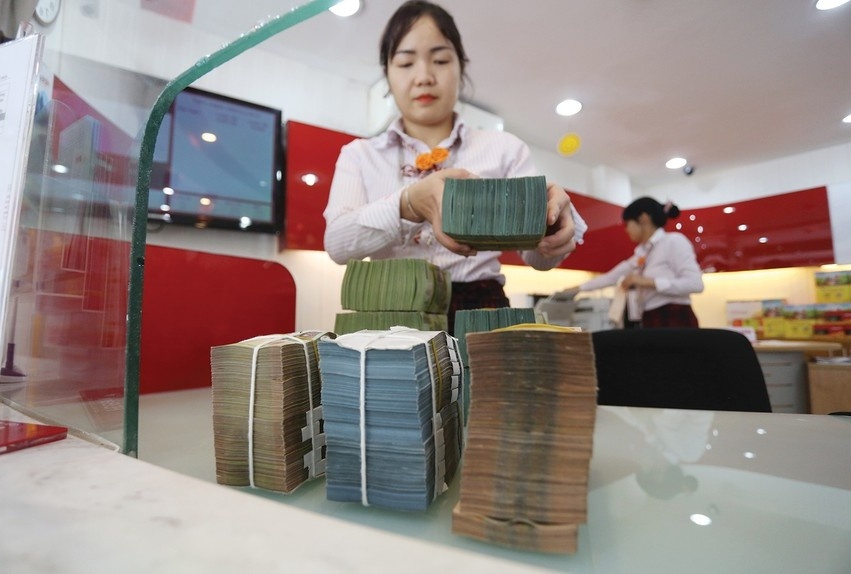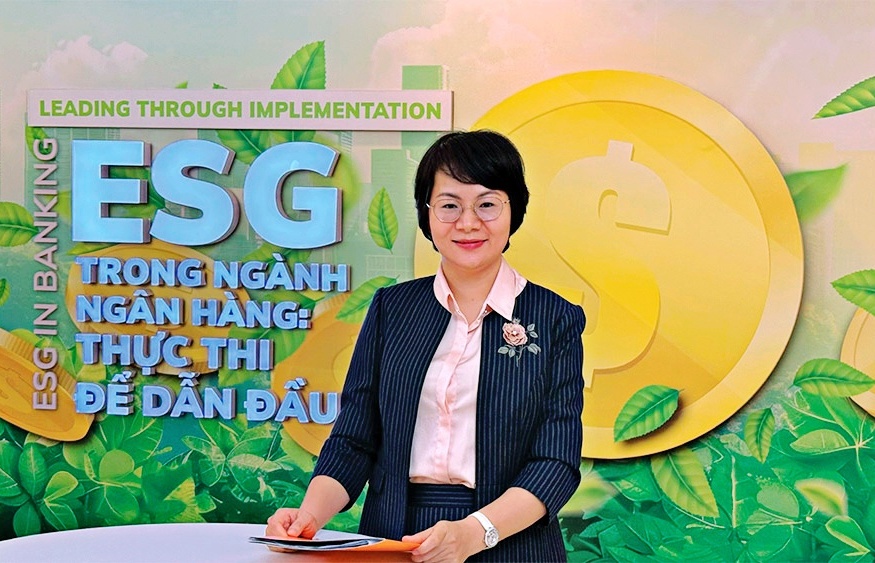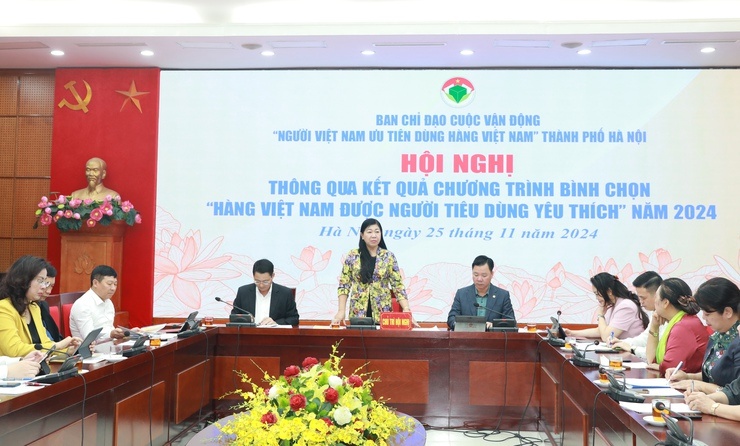SBV to kick-off 2016 with strong anti-dollarisation policies

During a press conference held on December 24 reviewing the banking sector’s performance and preparations for 2016, director of State Bank of Vietnam’s (SBV) Monetary Policy Department Bui Quoc Dung hinted at a new forex rate mechanism to be introduced early next year.
According to Dung, the department has been working on a new tool to monitor the forex rate, which will be more suitable and in line with market movements, especially those in the international market.
Meanwhile, Le Xuan Nghia, director of the Business Development Institute (BDI), said that the National Monetary Policy Advisory Council had proposed the SBV not to continue fiddling with the forex trading band, but to adjust the forex reference rate on a daily basis, with reference to market supply and demand.
“In 2016, the SBV will bring in a special mechanism to manage the forex rate, as part of the attempt to develop the local forex market, reinstate the anti-dollarisation policy, and, sooner or later, put an end to foreign currency lending,” Nghia stressed, adding that Vietnam could then have a forex market where only licensed dealers would be allowed to trade foreign currencies, and the central bank would be the end buyer and seller.
SBV Governor Nguyen Van Binh, in an interview with local Tuoi Tre newspaper, noted, “Our next step in monitoring the forex rate will be the introduction of a central forex rate at the SBV. The SBV has been preparing to take the necessary strides towards a brand-new mechanism to monitoring the forex rate in 2016.”
According to Binh, the daily reference rate would both be subject to regular changes, based on market movements. People buying foreign currencies will be the ones with actual demand for them, while speculators will likely face high risks and subsequent losses, he warned.
Apart from the new forex mechanism, the monetary authority leader also stressed that following the cutting of dollar-denominated interest rates on individual accounts to nil, SBV would likely impose a negative dollar-denominated rate, meaning depositors might have to pay banks to keep their USD-savings.
However, Binh also noted that the SBV wished to maintain a flexible monetary policy, where raising dollar-denominated interest rates would remain a possibility, given the dollar speculation could be gradually reduced..
“The SBV’s consistent orientation is anti-dollarisation, aiming at moving from the relation of borrowing-lending dollar to the relation of buying-selling. We have succeeded [with the mechanism] with gold, now we aim to reproduce the same results,” said Binh.
“While we respect the right to hold the dollar among individuals and businesses, we need to use the VND in Vietnam. People may have legal sources of income in terms of the dollar, but when it comes to spending and payments, they must be in the dong. And this is the final destination that we are heading towards,” he added.
Previously, gold-denominated deposits paid interest rates, until the SBV ruled that depositors had to pay a certain fee after their gold bars kept at banks.
Following the governor’s message, the forex market went into a calm last week, with banks cutting VND20-35 a dollar, compared to the previous week’s rates which falling far short of the VND22,547 ceiling rate. Banks, such as Vietcombank, Vietinbank, and BIDV, cut down their buying and selling prices, trading between VND22,440-22,530 a dollar, as of Monday, December 28.
What the stars mean:
★ Poor ★ ★ Promising ★★★ Good ★★★★ Very good ★★★★★ Exceptional
Latest News
More News
- HDBank in triple victory at listed company awards (November 25, 2024 | 11:38)
- Malaysia's Solarvest and Finhero launch first solar financing fintech solution in Vietnam (November 22, 2024 | 19:50)
- SHB honoured at VLCAs for fourth time (November 22, 2024 | 19:08)
- Central Bank of Cuba chief visits Hanoi to work with VBSP (November 22, 2024 | 15:49)
- Credit sees steady growth towards year-end (November 21, 2024 | 17:46)
- HDBank wins three titles at Vietnam Listed Company Awards (November 21, 2024 | 10:01)
- VLCA’s corporate governance mission (November 21, 2024 | 10:00)
- The promotion of ESG via banking (November 21, 2024 | 09:32)
- Standard Chartered committed to Vietnam’s financial success (November 21, 2024 | 09:24)
- Full ESG adoption the priority for Agribank (November 21, 2024 | 09:07)


















 Mobile Version
Mobile Version